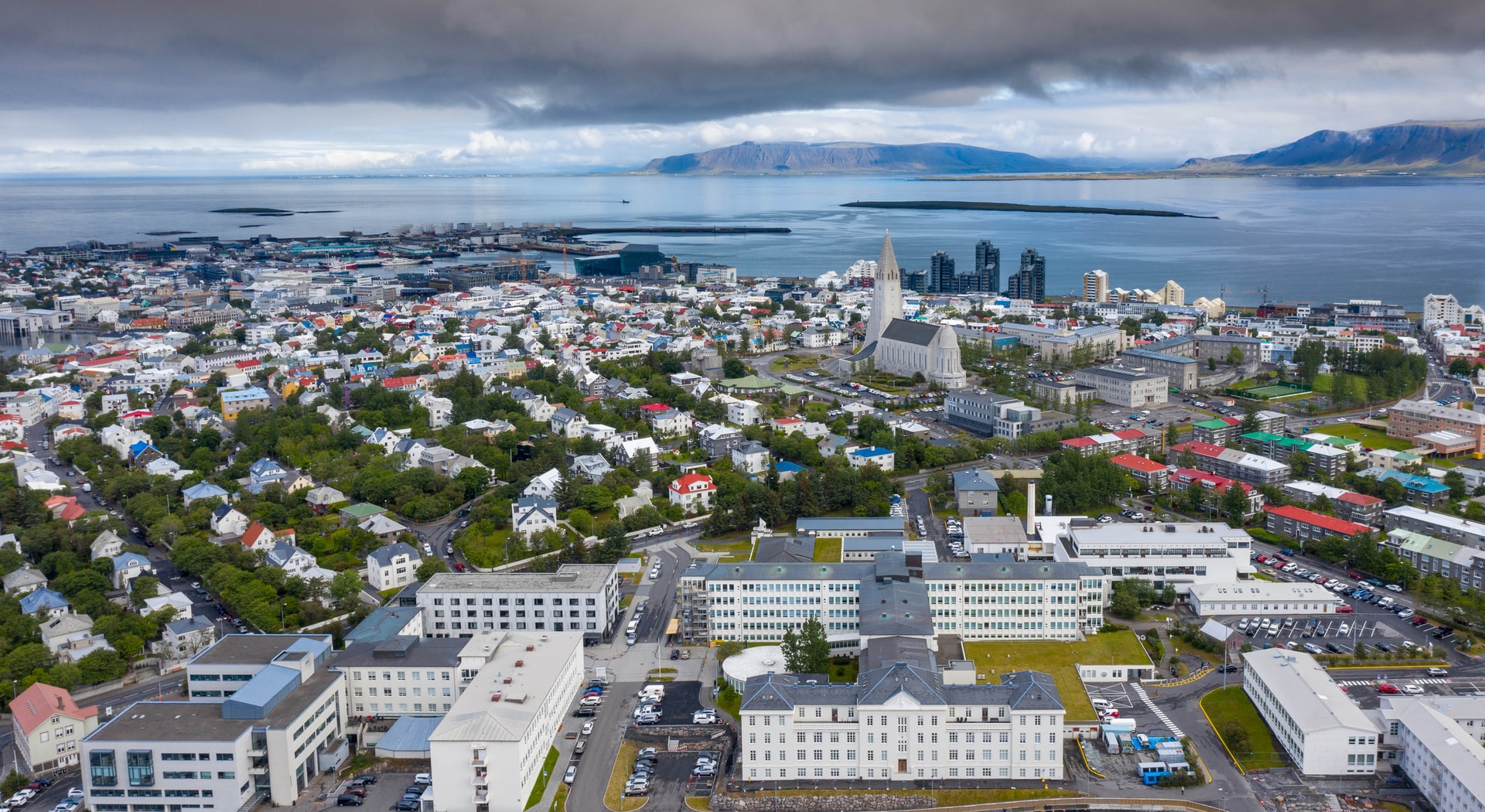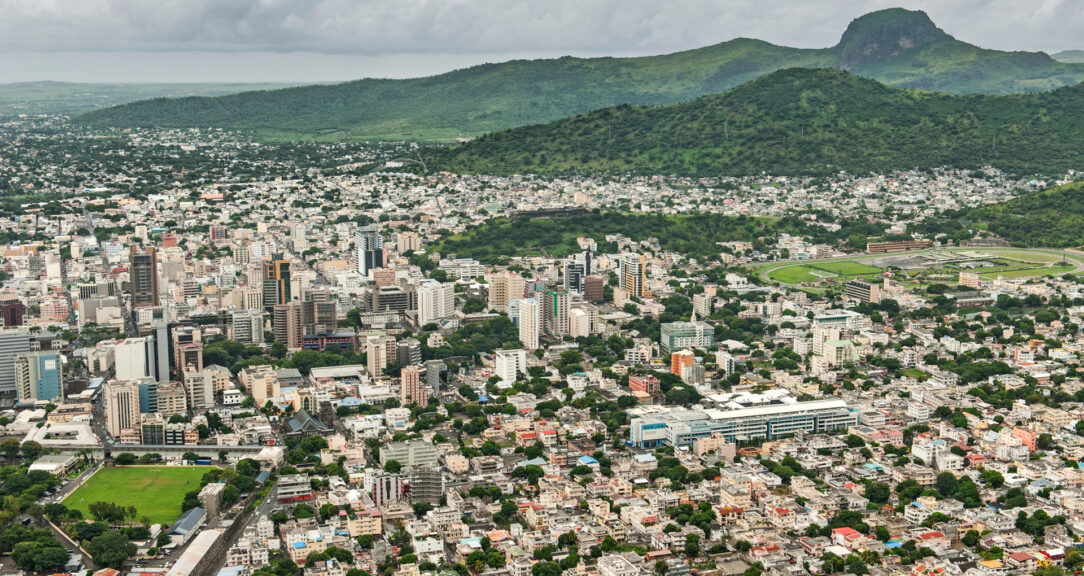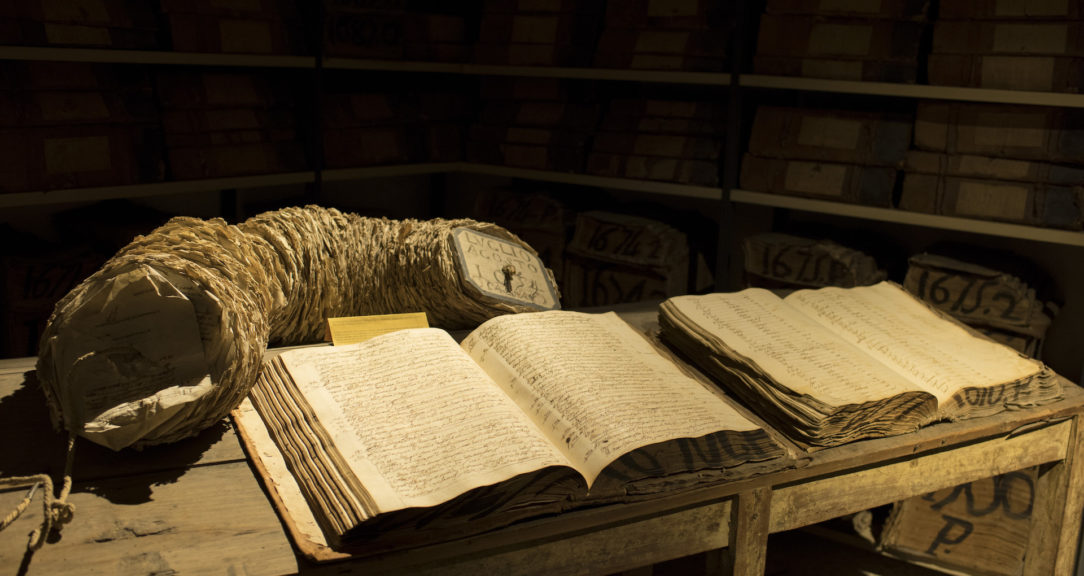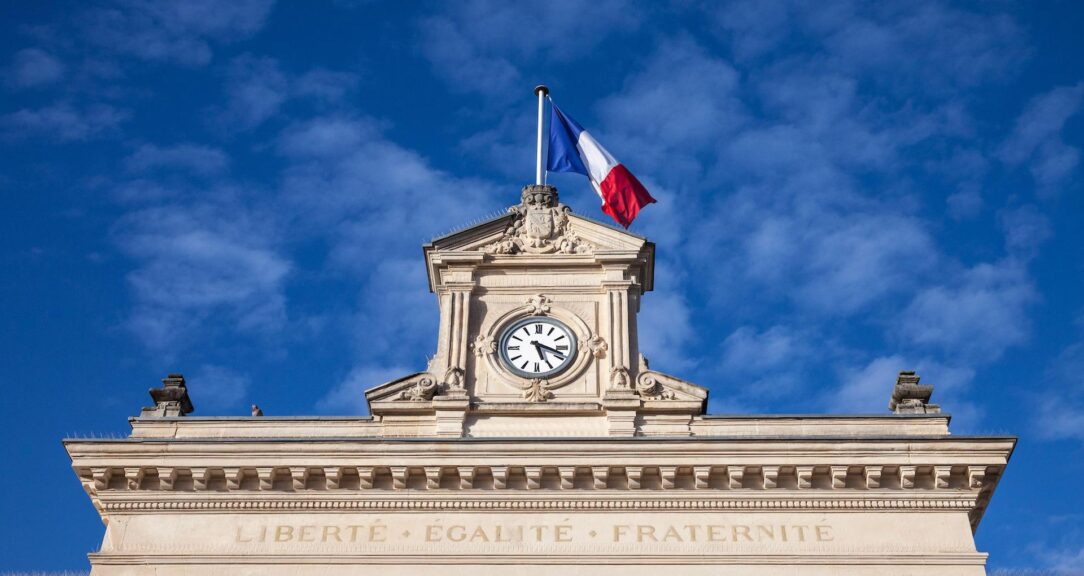In the early 2000s, Iceland’s economy was riding high, as its three banks — Landsbanki, Kaupþing and Glitnir — had extensive international operations and attracted money from across the globe. Cash was flowing in and out at an unprecedented rate, and by the end of 2007, the country’s three banks held assets that were more than 10 times the size of Iceland’s GDP. Facilitated by favorable international credit, the banks’ gross foreign debt rose from the equivalent of 43% of GDP in 2002 to over 700% of GDP by the end of September 2008.
Everything changed in the fall of 2008. In the United States, Lehman Brothers declared bankruptcy in the largest filing ever, an opening move that helped usher in the Great Recession. Iceland’s over-leveraged banks brought the country to its knees.
With a dramatic drop in the value of the Icelandic krona, 80% of the Iceland Stock Exchange was wiped out overnight. Every second business in Iceland went bankrupt, and the unemployment rate skyrocketed. In a matter of three days, 97% of Iceland’s banking sector had collapsed. Fear quickly turned to anger in the capital city of Reykjavík, and locals protested outside Iceland’s parliament. They were the largest protests in the country’s history. Thousands of Icelanders banged kitchenware outside parliament for weeks, which led to the events being known as the “Pots and Pans Revolution.”
In December 2008, Iceland had to be bailed out by the International Monetary Fund, and its citizens had to grapple with staggering debts, lost jobs and foreclosed homes. They were dark times for Iceland. By November 2008, the unemployment rate had tripled, and more than 6,000 people in a country of about 372,000 had lost their homes.
And then on the heels of that financial devastation, another catastrophe hit. In April 2010, the Eyjafjallajökull volcano erupted in southern Iceland, shutting down air travel in much of Europe for six days. The eruption left more than 10 million travelers stranded across more than 20 countries. Footage of the enormous ash cloud dominated the global news for days.
Although the eruption compounded an already difficult situation, these two disasters had created fertile ground for a new beginning.
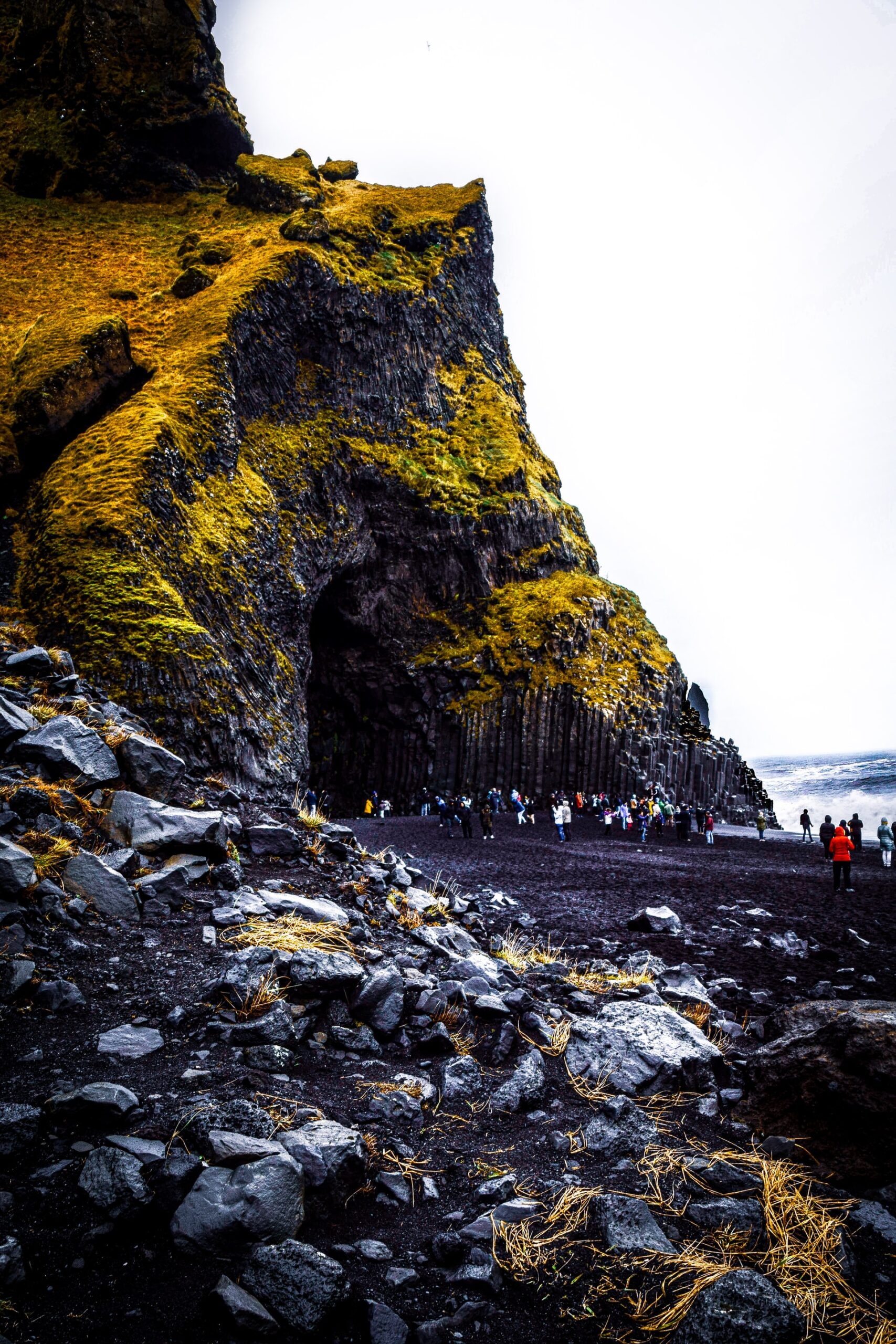
The turnaround
With Iceland suddenly on people’s radars around the world, international travelers became interested in the scenic island and the weak krona, and budget airlines like WOW Air and Easyjet began serving Iceland’s international airport. Visitors seeking a holiday on a budget helped Iceland recover from the crash.
“The eruption brought awareness to the public,” says Sigríður Dögg Guðmundsdóttir, the head of Visit Iceland. “Tourism was extremely important to get us back on our feet after the crash, and it grew into our biggest export industry.”
The tourism sector has taken off, with a 328% yearly increase in foreign visitors between 2010 and 2019. In 2011, the tourism sector constituted 3.7% of Iceland’s GDP; in 2019 it was 8%. As for the labor market, tourism is vital for job creation as more tourists have led to an increase in hotels, restaurants and companies offering tours. According to Statistics Iceland, there were 30,000 tourism-related jobs in Iceland in 2018, compared to 15,700 jobs in 2010.
“Most people say nature is the biggest draw, but Iceland is also known because the number of activities and tours has grown,” Sigríður says. “Iceland tourism has become a strong industry with quality hotels and restaurants, activities and, of course, nature.”
Tourists began pouring into Iceland as airlines saw the business opportunity and it became measurably easier to visit. “We saw an increase in flights to Iceland from more airlines, and that made Iceland more accessible,” Sigríður says. “In Iceland, we had WOW Air offering budget flights to cities in the U.S. and Europe until 2019, and now we have PLAY Airlines offering budget flights.” For summer 2022, an anticipated 25 airlines will operate flights to Iceland, including local carriers Icelandair and PLAY, as well as Delta, United, British Airways and SAS.
The demographics of tourists has changed as well. “Before the crash, most tourists came from the U.K., then the U.S., China and Denmark,” Sigríður says. “In 2019, the majority of tourists came from the U.S., followed by U.K., Germany and China.”
Iceland’s profile also rose as it became a popular setting for movies and TV shows — which wasn’t a fluke. After the financial crash, the Icelandic government introduced tax incentives for movie and TV productions shot in Iceland, with TV and movie producers able to get back 25% of their production costs.
And so Iceland took center stage in films including “Prometheus” (2012), “The Secret Life of Walter Mitty” (2013), “Oblivion” (2013), “Interstellar” (2014), and “Fast & Furious 8” (2017). The TV show “Game of Thrones” filmed in Iceland several times throughout the series. Diehard fans are eager to visit filming locations, and tour operators are ready to show them sites like Þingvellir National Park in the south and Lake Mývatn in the north.
“When we ask people why they came to Iceland, 35% say they saw Iceland in a film or TV show,” Sigríður says. “Social media also helps marketing as Icelandic nature is popular material for social media apps like Instagram.”
Tourism was a business driver in Iceland for nearly 10 years, and the country enjoyed a very low unemployment rate. But then the Covid-19 pandemic hit. As a small country dependent on tourists, Iceland experienced severe and immediate economic pain.
Navigating Covid-19
Leading up to the Covid-19 pandemic, tourism had been Iceland’s largest export for several years. According to data from the Iceland Chamber of Commerce, the sector’s growth peaked in 2017, when tourism accounted for 41.5% of the country’s total exports. After the Covid-19 crisis, it accounted for only 11.2% in 2020. With Iceland’s most significant economic sector hurt, overall exports contracted by 30.5% in 2020.
Iceland’s tourism economy
Nearly one-third of the country’s tourism industry jobs disappeared by the end of 2020, down from 30,000 in 2018 to 21,000 in 2020. However, the Icelandic government took steps to minimize the pain for tourism companies. In March 2021, Iceland became the first country in the Schengen area to open to all vaccinated travelers. “We are fortunate that the government has been supportive during Covid,” Sigríður says. “We opened to vaccinated tourists early, and we also offered testing at the border, and while the number of tourists was understandably low, these measures helped.”
The government also offered loans and wage schemes to tourism companies to keep as many people employed as possible and prevent bankruptcies. But Iceland’s GDP still took a hit during the pandemic. Activities related to travel bookings, air transport, accommodation and restaurants decreased by between 50% and 75% compared to 2019.
The road to recovery has been slow, but the labor market situation in Iceland has improved. The government projects that the unemployment rate will sink to 4.3% in 2022, close to pre-pandemic levels.
Iceland’s unemployment rate
“We are just 370,000 people on the island, which is about half the geographical size of the U.K.,” Sigríður says. “It is a challenge to maintain a good level of service, and tourism demand has helped us build, improve and deliver quality. This is important to Iceland’s economy.”
It should also be noted that Iceland has had some luck recently with volcanic eruptions. Just as people were fascinated by the 2010 Eyjafjallajökull eruption, at the height of Covid-19 in March 2021, Fagradalsfjall erupted, spewing rivers of lava in a remote area of the Reykjanes peninsula. Dubbed a “tourist eruption” as it posed no danger to local residents, thousands of Icelanders flocked to the site to watch the power and beauty of nature. Tourists were also eager to visit, and the volcano produced free marketing for six months as Fagradsalsfjall put on a show until September 2021, when it went dormant.
Iceland lifted all Covid-19 entry restrictions in March 2022, welcoming both vaccinated and unvaccinated visitors, and tourism executives have high hopes for a strong summer season. “We’re not out of the woods yet as tourism companies are in debt and more workers are needed,” Sigríður says. “But summer bookings are looking good, and we are cautiously optimistic.”
Read more
Sign up to keep up to date with ReThink Q.
